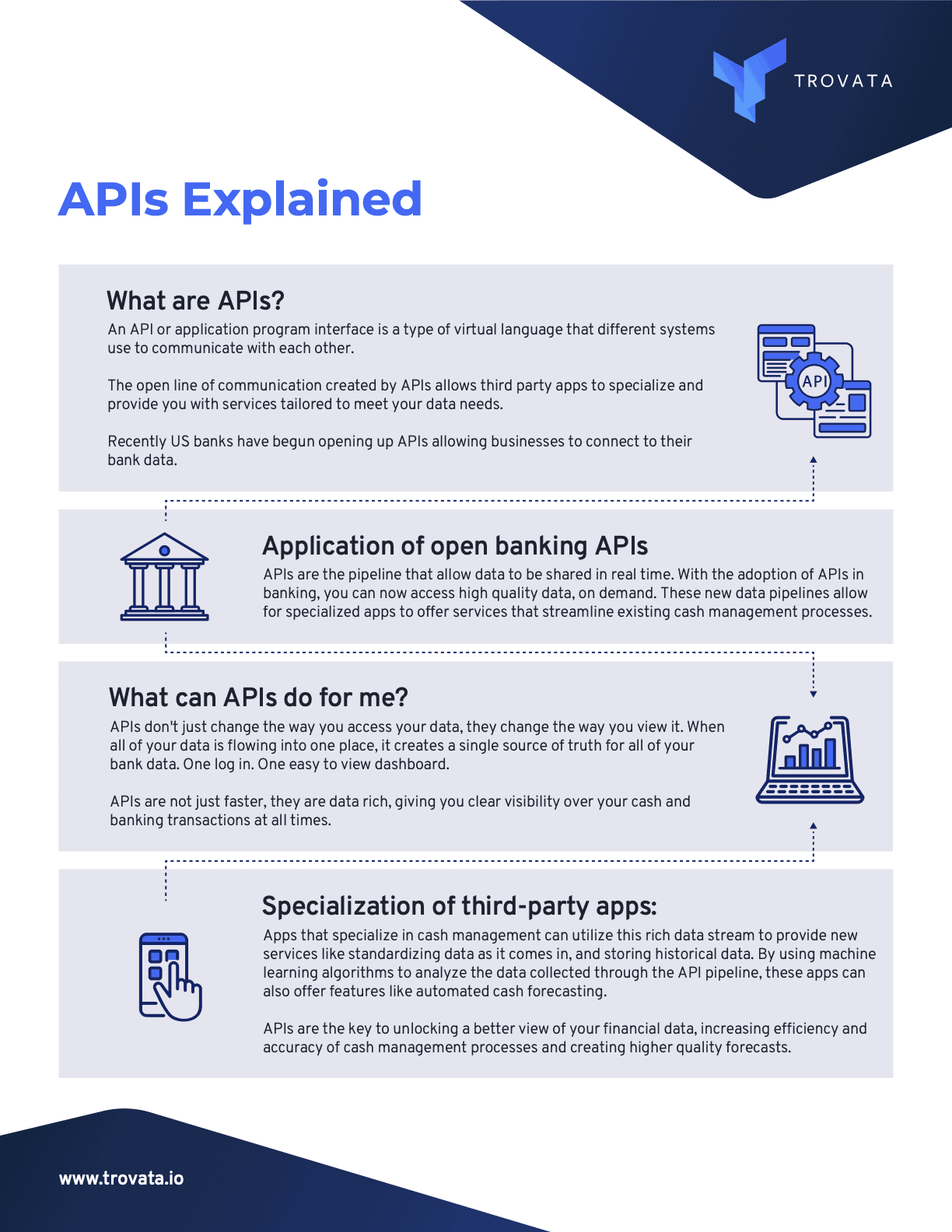When you’re applying for home financing buying a home, that have extreme financial obligation can make it difficult to become approved towards the mortgage. When evaluating your money to decide whether you can afford the brand new new homeloan payment, you should also reason behind your existing personal debt money.
This means that, you will want to estimate the debt-to-income ratio, otherwise DTI, and that is short for brand new portion of your monthly money one would go to making loans money, such as for instance loans and credit cards. The debt-to-income proportion is an important metric of trying so you’re able to line up money to buy property, since it is always determine home loan affordability.
Shortly after investment could have been acquired, pair homeowners give the financial obligation-to-income proportion far further envision but perhaps they have to, since a change to money or inclusion of new obligations can also be affect one’s capability to service existing loans. Our mortgage calculator was a helpful product to help estimate monthly money. On this page, we will make suggestions how DTI ratio is used.
Trick Takeaways

- Which have extreme financial obligation helps it be difficult to become approved having a mortgage loan.
- The debt-to-money proportion (DTI) measures up the level of total debts and you can personal debt you have got to your general income.
- Lenders check DTI whenever determining whether or not to offer credit so you can a prospective borrower and at exactly what cost.
- A DTI is recognized as being less than thirty-six%, and things over 43% will get preclude you against bringing financing.
Calculating Obligations-to-Income Proportion
Figuring the debt-to-earnings proportion is not difficult. Complete any month-to-month loans money and you may divide one matter by the monthly gross income, that is your revenue before taxes have been deducted.
To possess an exact measurement, it is essential to include most of the levels of money spent monthly maintenance personal debt, plus every repeated loans, particularly mortgage loans, car loans, child service money, and you will bank card repayments.
Exemplory instance of a debt-to-Earnings Ratio

- Gross income: $cuatro,000
- Auto loan: $400
- Credit cards: $250
- Education loan: $eight hundred
- Divide complete personal debt by gross income: $step one,050 / $cuatro,000
- Debt-to-earnings ratio = .26 or twenty-six%.
Construction Costs Proportion
A new ratio to consider is the housing-bills proportion, which measures up their gross income to of your own property costs, with their homeloan payment, home insurance, taxes, and every other property-associated costs. So you can calculate brand new property-bills proportion, overall their construction expenses and separate it by your gross monthly money.
Particularly, imagine if you get $4,000 four weeks as well as have a mortgage costs out-of $eight hundred, taxation of $two hundred, and you can insurance rates expenses of $150. Your own total housing expenses might possibly be $750 and split because of the $4,000 perform yield a housing-bills proportion out of 19%.
Usually, mortgage brokers like to see a casing costs proportion away from quicker 28%. Home financing calculator are a good resource to help you plan for loans Boulder Creek CA this new monthly price of your own payment.
You should never mistake your debt-to-income ratio along with your personal debt-to-restrict proportion. Known as their credit application ratio, which commission measures up the sum of a great borrower’s outstanding bank card balance on the charge card constraints (that’s, all their total readily available borrowing). The DTL ratio suggests to what the amount you’re maxing out your playing cards, while brand new DTI ratio calculates your own monthly obligations payments as compared with the month-to-month income or other income.
Gross compared to. Net income
To own lending objectives, the debt-to-income computation is usually considering revenues. Gross income try a before-income tax formula, meaning it’s before income taxes was subtracted from your spend. Since the we do not arrive at remain all of our gross income (normally), we cannot purchase those funds because you never ever indeed found they.
